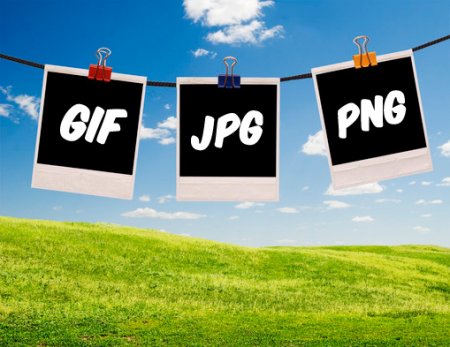M
mrsam
Guest
Trying to save your image files and you do not want to compromise on quality? It can be daunting to know exactly which file type to use in saving your images. Saving your images as a wrong type can end up blurring a beautiful photo. Check the article below to see what the file types stand for and in which circumstance you can use them.

What is a JPEG?
What is a GIF file?
When to use GIFs?
What is a PNG file?
Source: www.whoishostingthis.com

What is a JPEG?
- File extension: .JPG or .JPEG
- “JPEG” stands for “Joint Photographic Experts Group.
- Pronounced “jay-peg”
- Can display millions of color
- Use when a small file size is more important than maximum quality
- Standard file format of digital cameras and web pages.
- Compatible across many platforms (PC and Mac), and other programs (web browsers and image editors).
- Still images only
- Real-world images like photos
- Complex coloring
- Shading of light and dark
What is a GIF file?
- File extension: .GIF
- “GIF” stands for “Graphics Interchange Format.
- It is pronounced ''jif''
- Allows for single-bit transparency. One color can be chosen to be transparent and colors can even be interlaced
- Can be animated
- Uses lossless compression
When to use GIFs?
- Web graphics with few colors
- Small icons
- Animations
- Simple images like line drawings, single-color borders or simple cartoons
What is a PNG file?
- File extension: .PNG
- “PNG” stands for “Portable Network Graphics”
- Pronounced “ping” or “P-N-G”
- PNG files allow transparency to be set on a scale between opaque and completely transparent, allowing for a faded, translucent look.
- PNG images can be put on any color background and maintain original appearance
- Web images such as logos that involve transparency and fading.
- Images in the middle of the editing process.
- Complex images like photographs if file size is not an issue.
Source: www.whoishostingthis.com
Last edited:

